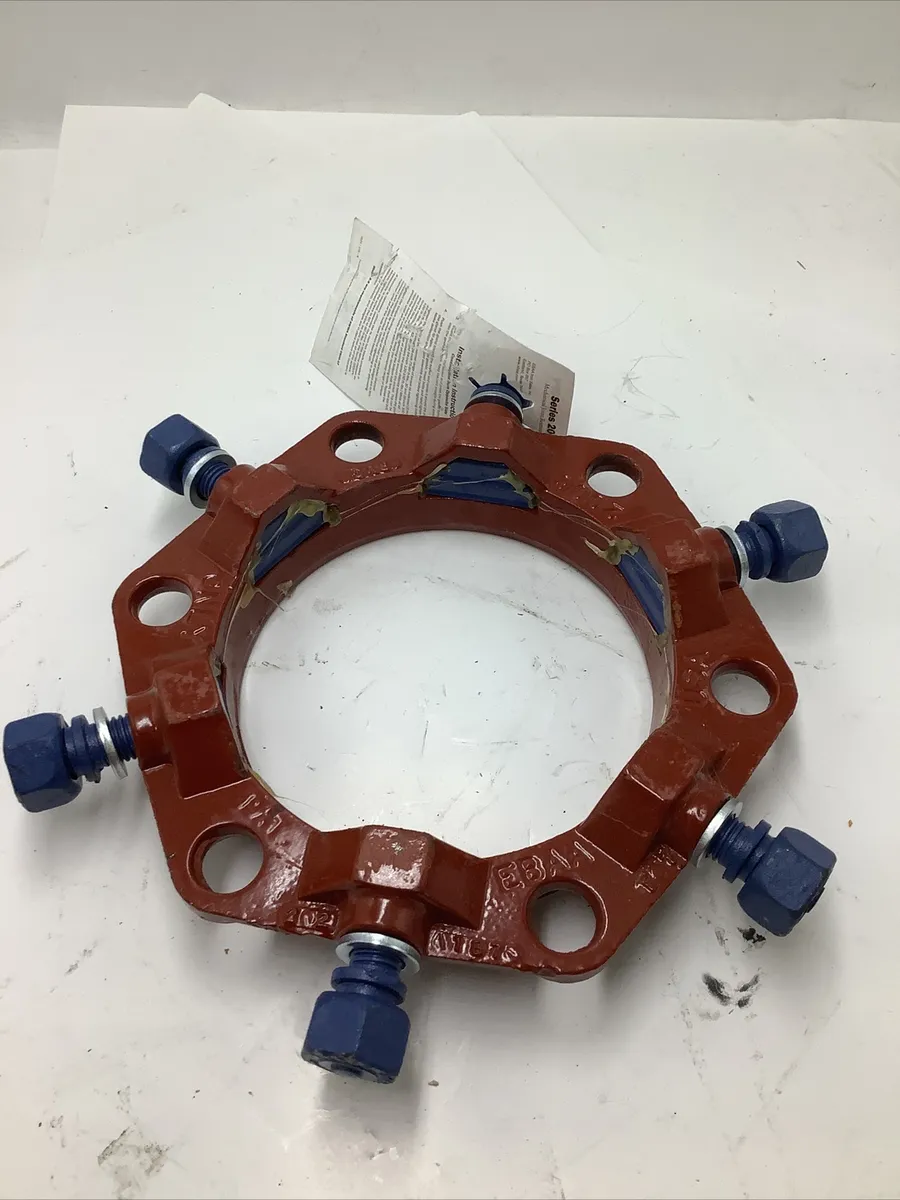In the intricate world of engineering and construction, a bolted connection serves as a fundamental element, providing the backbone for the stability and integrity of various structures. In this in-depth exploration, we will venture beyond the nuts and bolts, delving into the complexities of a bolted connection, its components, applications, and the critical role it plays in ensuring the reliability of diverse engineering projects.
I. Understanding the Basics: Anatomy of a Bolted Connection
1. Bolts and Nuts:
At its core, a bolted connection involves the use of bolts and nuts. Bolts, typically made of steel, are threaded fasteners designed to pass through components, while nuts secure the bolts in place. Together, they create a mechanical linkage that joins materials, providing a secure and often reversible connection.
2. Washer and Thread Engagement:
A washer is commonly used in bolted connections to distribute the load evenly and prevent damage to the connected materials. Thread engagement refers to the depth to which the bolt threads penetrate the nut, ensuring a stable and secure connection. Proper thread engagement is crucial for the effectiveness of the bolted joint.
II. Types of Bolted Connections: Tailoring to Specific Needs
1. Lap Joints:
Lap joints involve overlapping two components and connecting them using bolts. This type of connection is commonly used in structural applications, such as bridges and buildings, where the alignment of components is critical.
2. Tension Joints:
In tension joints, bolts are primarily subjected to axial loads, resisting forces that attempt to pull the connected components apart. Tension joints are prevalent in structures like trusses and cables, where withstanding pulling forces is paramount.
3. Shear Joints:
Shear joints, on the other hand, experience forces acting parallel to the plane of the connected components. Bolts in shear joints are essential for structures like beams and columns, where resistance to lateral forces is crucial.
III. Importance of Proper Installation: Ensuring Reliability
1. Torque and Tension:
Achieving the correct level of bolt tension is critical for the reliability of a bolted connection. Torque, applied to the nut, is a common method for controlling bolt tension. Engineers must carefully calculate and apply the appropriate torque to ensure optimal performance and avoid issues like under-tightening or over-tightening.
2. Preload and Elasticity:
Preloading, or applying a specific tension force to the bolts before the external load is applied, helps eliminate gaps and ensures a snug fit. Understanding the elasticity of materials involved is essential to maintain the preload and prevent the development of gaps over time.
IV. Factors Influencing Bolted Connection Design: Precision Matters
1. Material Properties:
The materials used in a bolted connection, including the bolts, nuts, and connected components, play a crucial role. Engineers must consider factors such as material strength, corrosion resistance, and compatibility to ensure a durable and long-lasting connection.
2. Environmental Conditions:
Environmental factors, such as temperature variations, exposure to corrosive agents, and dynamic loading conditions, can significantly impact the performance of a bolted connection. Proper coatings, materials, and maintenance strategies are vital to mitigate the effects of environmental factors.
V. Future Trends: Advancements in Bolted Connection Technology
As technology advances, innovations in bolted connection technology continue to emerge. From smart bolts with embedded sensors to advanced materials designed for specific applications, the future promises exciting possibilities for enhancing the efficiency and reliability of bolted connections.
VI. Conclusion: Navigating the Tight Bonds of Engineering
In conclusion, a bolted connection is more than just the sum of its parts; it is a meticulously designed and executed mechanism that forms the tight bonds holding structures together. Engineers, armed with knowledge about the intricacies of bolted connections, can navigate the challenges and ensure the stability and longevity of diverse engineering projects. This exploration serves as a guide for those seeking to understand the dynamics and significance of bolted connections in the ever-evolving landscape of engineering and construction.


